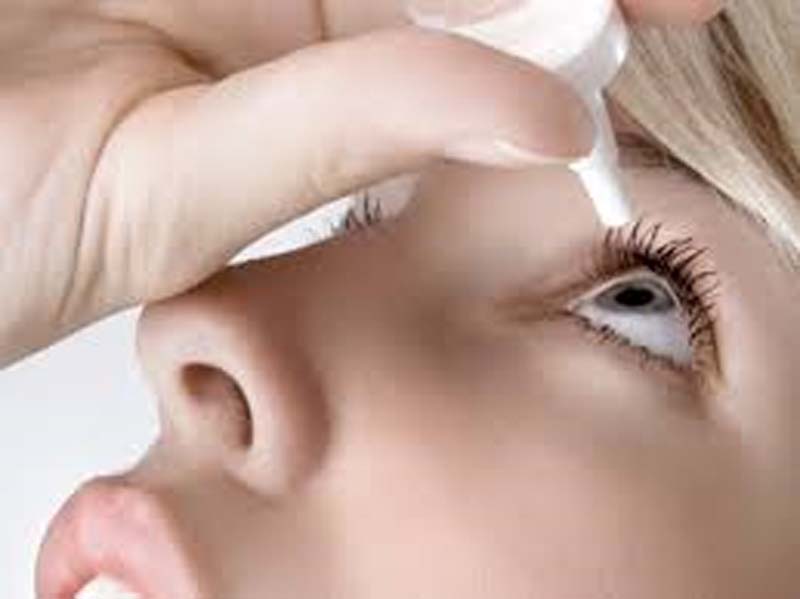It’s February – the dead of winter. By now, any remaining moisture has been sucked from the air and Alberta’s dry winter climate has taken hold. For many Albertans, this time of year brings on the aggravating symptoms of dry eye.
“Dry eye is one of the most common conditions that I see on a daily basis, especially in the winter,” says Dr. Steve Hoang of Chestermere Optometry. “The symptoms can range anywhere from annoying to debilitating, and finding the right treatment can be a challenge.”
Alberta’s environment is just one of the factors that can lead to the condition, which occurs when eyes don’t produce enough quality tears. Heavy reading or digital device use, prolonged contact lens wear, hormonal imbalances and certain medications including those for high blood pressure and rheumatoid arthritis are also common contributors to the development of the disease.
“My patients deal with a wide variety of symptoms,” says Dr. Hoang. “Some say their vision is blurry or that their eyes are sensitive to light. Others complain about a scratchy or gritty feeling, and say that sometimes it feels like something is stuck in their eye.”
In some cases, the eyes may try to create more tears in response to dryness, resulting in excessive watering. Doctors of Optometry ask a series of questions and conduct specialized tests to diagnose dry eye.
“Dry eye can cause permanent tissue damage if left untreated, so it’s really important to see your optometrist if you are having problems,” says Dr. Hoang.
There is no cure for dry eye, but it can be managed with help from a Doctor of Optometry. Treatment options include lifestyle and diet modifications, prescribed eye medications, over-the-counter eye lubrications, in-office eyelid procedures and at home self-treatments.
There are also ways to manage symptoms on a day-to-day basis:
• Avoid pollution and irritants. Avoid rubbing your eyes, which can disturb the tear film and transfer irritants to your eyes.
• Hydrate. If you are dehydrated, the fluid in your eyes can be depleted, so drink lots of liquids.
• Take special care with contact lenses. Contact lenses can soak up the fluid in your eye. Keep them clean, and try not to wear them all the time.
• Blink! Try to blink every five seconds, especially when staring at your computer screen or digital device.
• Book an appointment. The best way to get a proper diagnosis and treatment, is to see a Doctor of Optometry. In Alberta the cost for an annual eye exam is covered for children and teens up to age 19 and adults 65 years and older. To book your annual eye exam, visit www.optometrists.ab.ca/find-an-optometrist.
Early detection is key in the successful treatment of any eye disease. To help prolong your eye health, during your annual eye exam, discuss lifestyle changes and treatment options with your optometrist. Doing so will help ward off or manage eye disease and allow you to avoid needless suffering.









